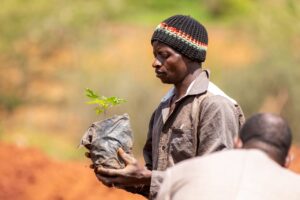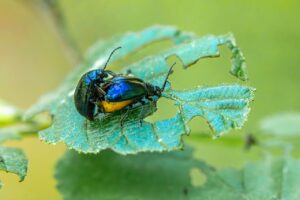Transforming Agriculture and Livestock Nutrition
Agroforestry systems contribute to a more sustainable and resilient agricultural landscape. Trees such as moringa and leucaena, incorporated into agroforestry systems, are excellent sources of protein-rich foliage that can be harvested and processed into high-nutrient animal feed.
This approach reduces dependency on conventional feed crops, which often have high environmental and economic costs. By leveraging these natural resources, we create feed that is both eco-friendly and economically viable, ensuring a sustainable future for livestock nutrition.
The integration of agroforestry in animal feed production offers unparalleled benefits for livestock health and productivity. The diverse plant species used in agroforestry are rich in essential nutrients and bioactive compounds that enhance the immune function, growth rates, and overall health of livestock.
For example, incorporating foliage from nitrogen-fixing trees improves the protein content of feed, promoting better growth and health in animals. This holistic approach not only supports the welfare of animals but also leads to higher quality meat, milk, and eggs, meeting the increasing demand for superior animal products.
By adopting agroforestry practices, farmers can diversify their income sources and improve farm resilience. The additional products from trees, such as fruits, nuts, and timber, provide supplementary income, while the improved soil health and water management resulting from agroforestry practices lead to more productive and sustainable farming systems.
This synergy between agroforestry and animal feed production enhances farm profitability and resilience against climate change, ensuring a stable and prosperous future for farmers.
Newsletter Sign Up
To receive articles and newsletters from our Team, sign up below









